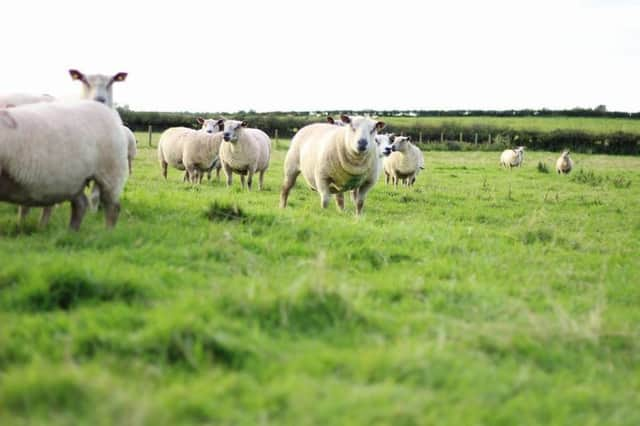My pretupping experiences with MHC boluses


The pedigrees are all artificially inseminated, with lambing starting in January. The commercial ewes go to the Tup, with lambing starting mid-March.
I discovered the Mayo Health Care brand for my sheep just over two years ago.
Advertisement
Advertisement
The liquid mineral drench was the first MHC product that I tried. I liked the fact, that their mineral drenches were Propylene Glycol based and had a lot higher level of minerals than my previous product. The Propylene Glycol base along with the minerals in the drench is an excellent form of energy and short term supplementation, and I got an excellent bloom when using it on my ewes, show rams and lambs.
The main MHC drenches I use are Tupmaster and Thrivemaster.
After getting great results from the six week MHC lamb bolus, I decided to trial out the MHC Ewe bolus. I opted to use the bolus which has no copper. I liked that the bolus was very dense, and therefore small and easier to administer. More importantly, it was the strongest ewe bolus I could find. It had the advantage of added Zinc also.
What I found using the bolus as part of my programme:
q My lambing percentage went from 185% to 205%
q On the AI pedigree ewes, I was delighted that for nearly all of the ewes, the artificial insemination worked on the first cycle.
q The Tup with the commercial flock, seemed to have similar success with the ewes getting in lamb a lot easier.
q Lambs were a lot livelier at birth.
Advertisement
Advertisement
q We had less sore feet in the ewes, which I presume was down to the Zinc in the bolus.
Coincidently, I also had no twin lamb disease problems. I feel this was helped by the fact, that the MHC bolus has nearly double the cobalt of any other bolus, and cobalt is an important factor for energy production.